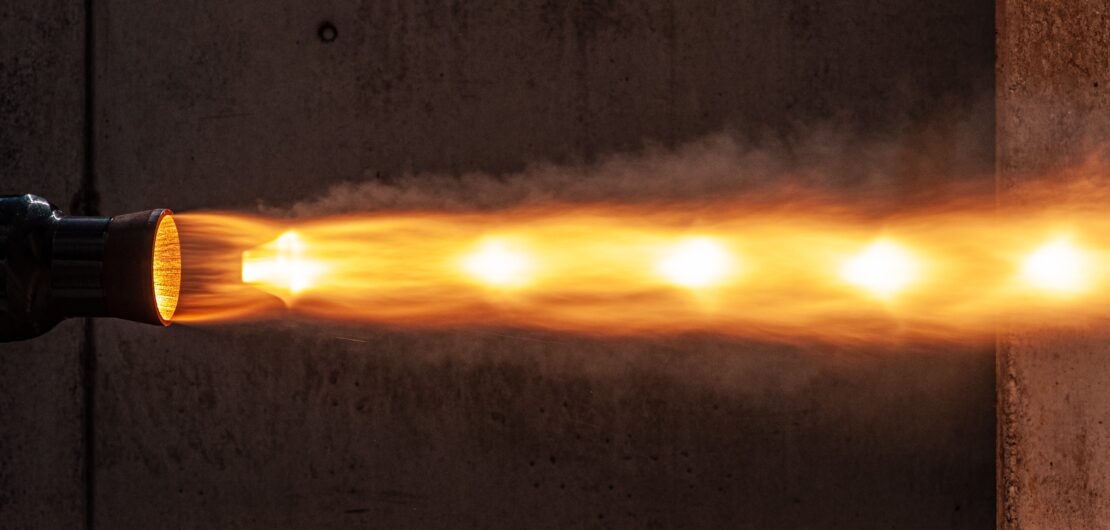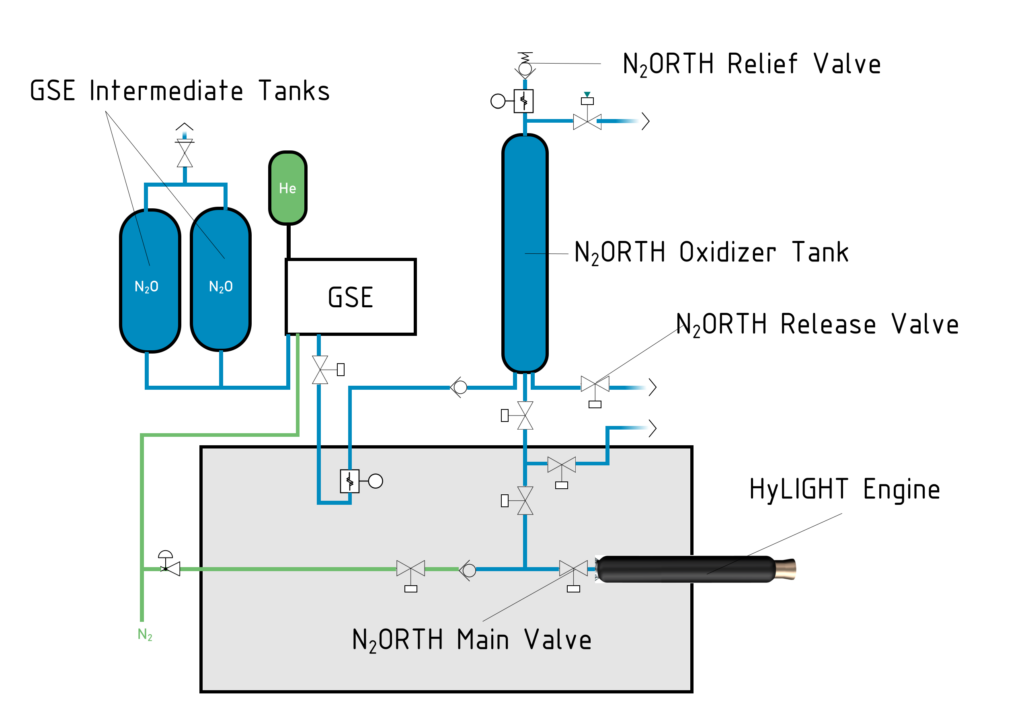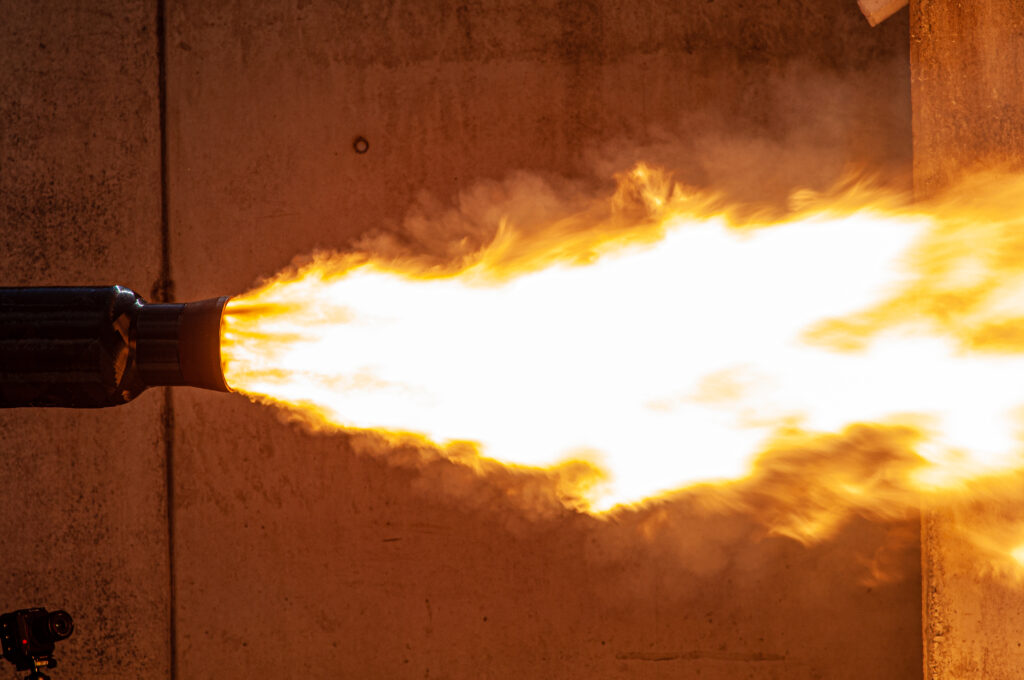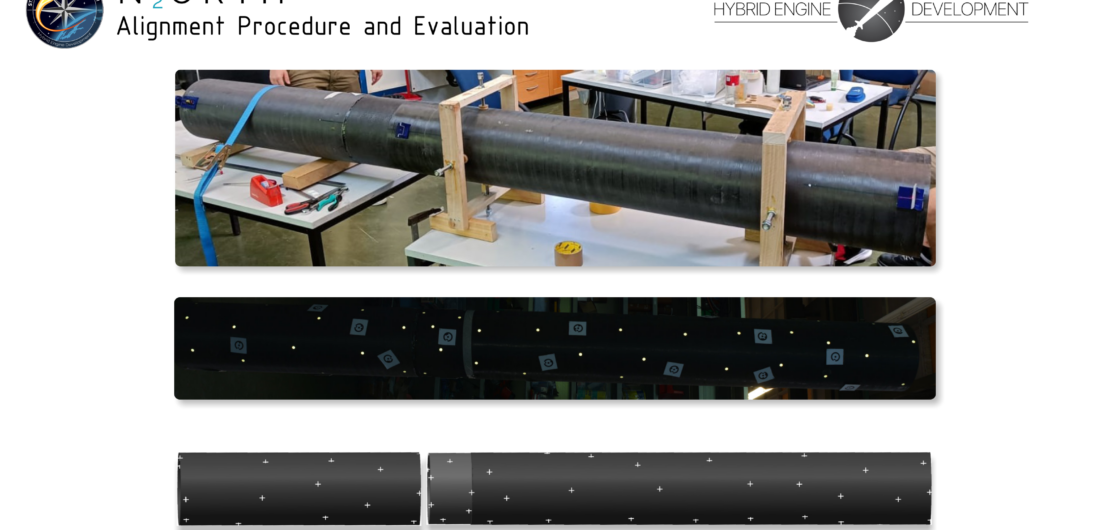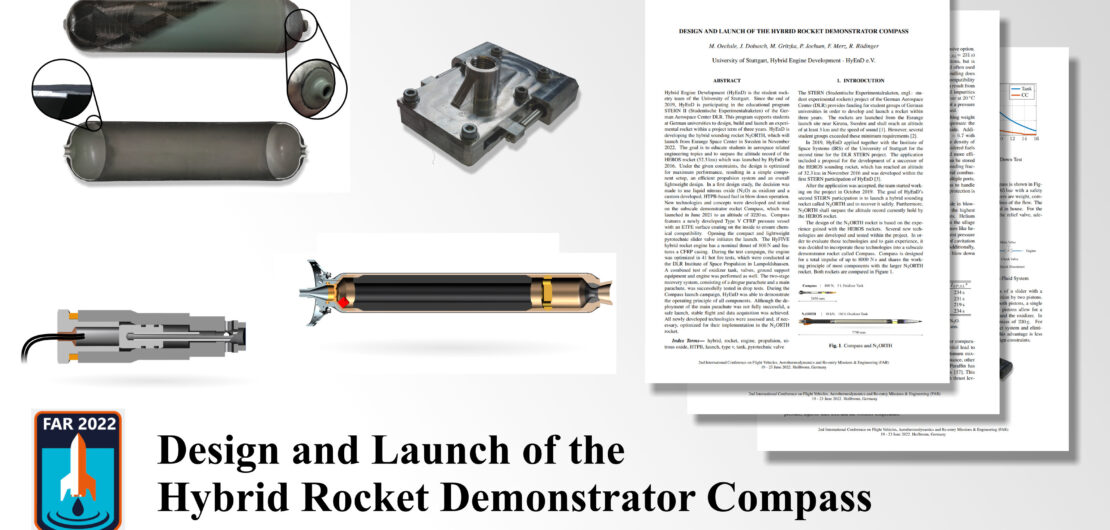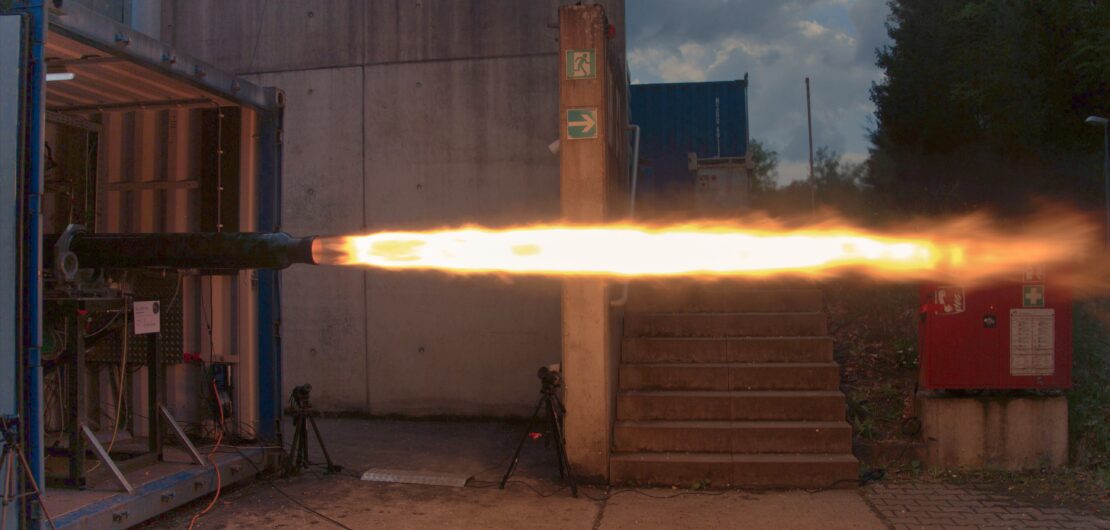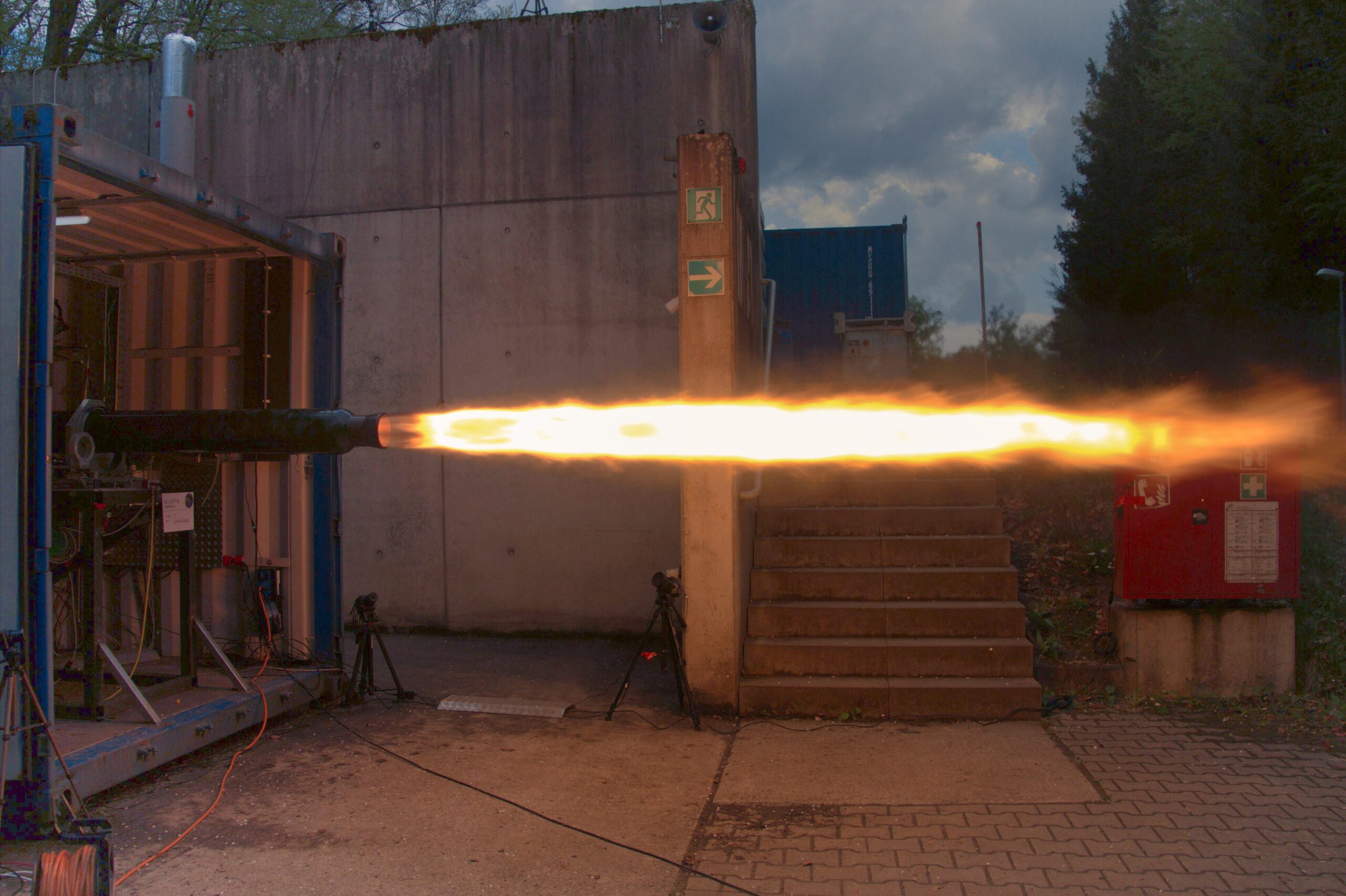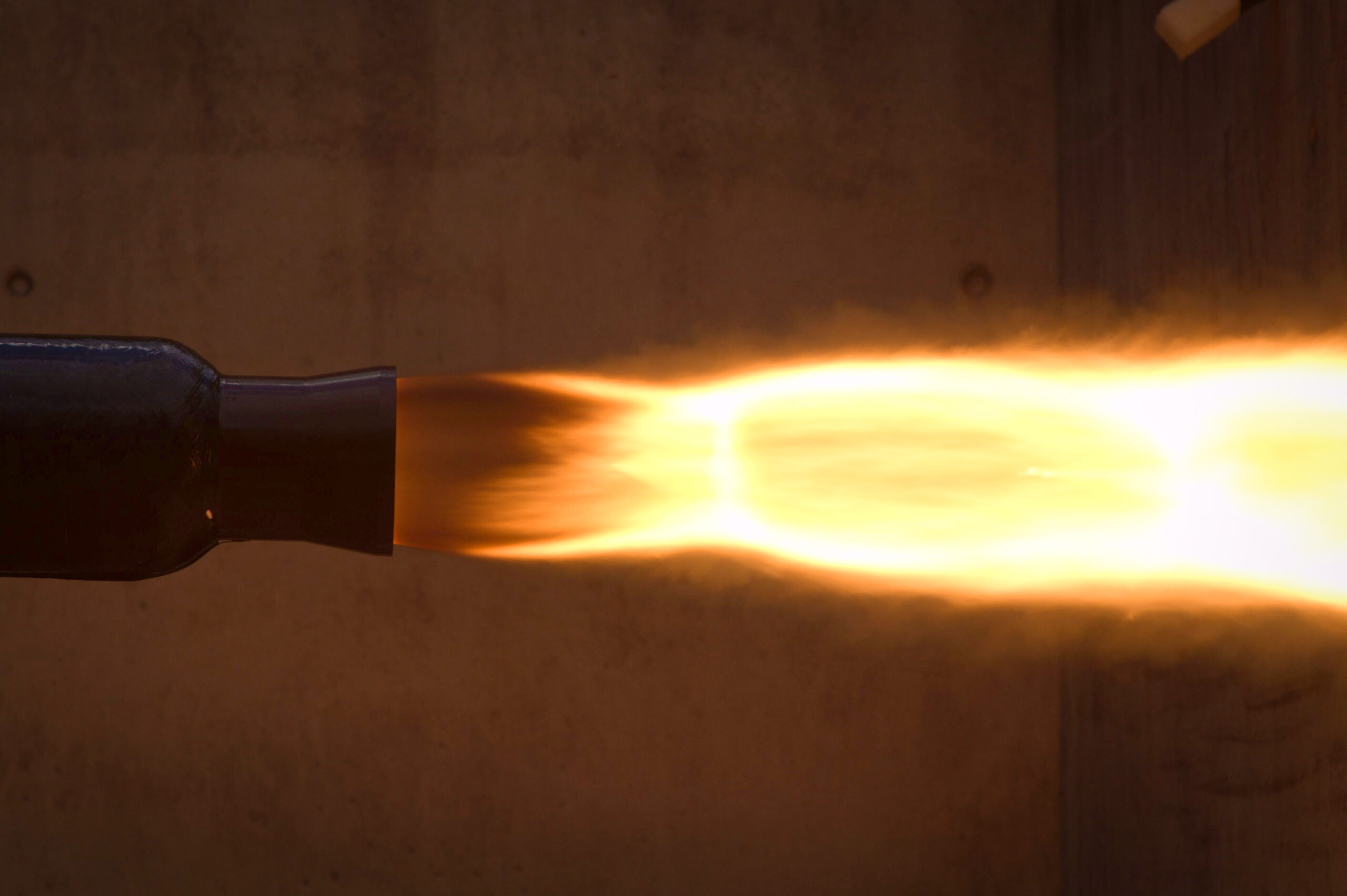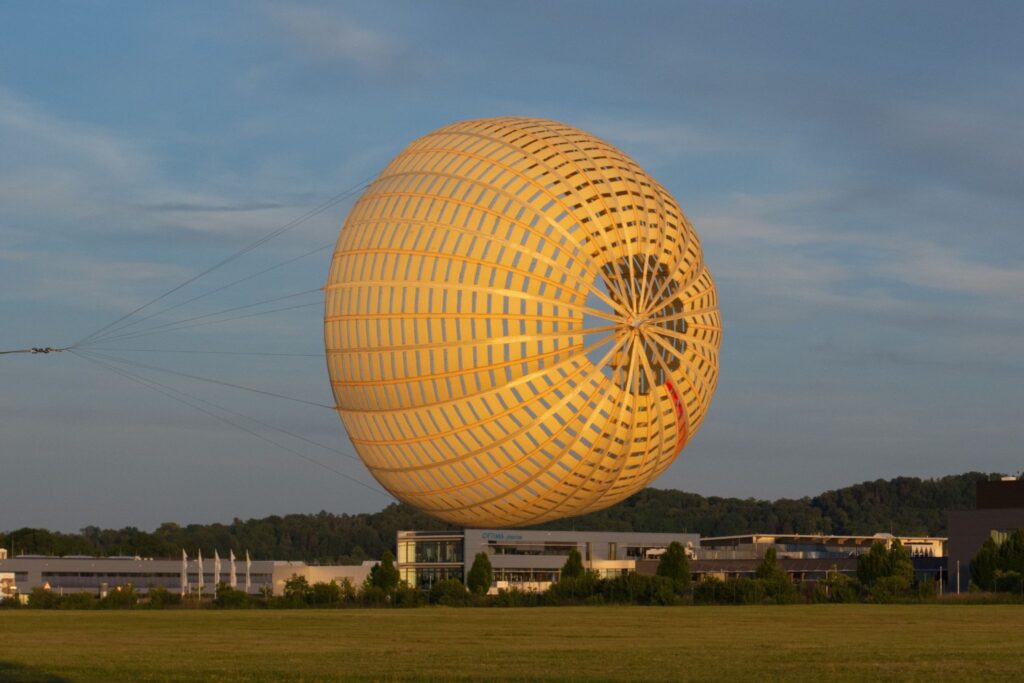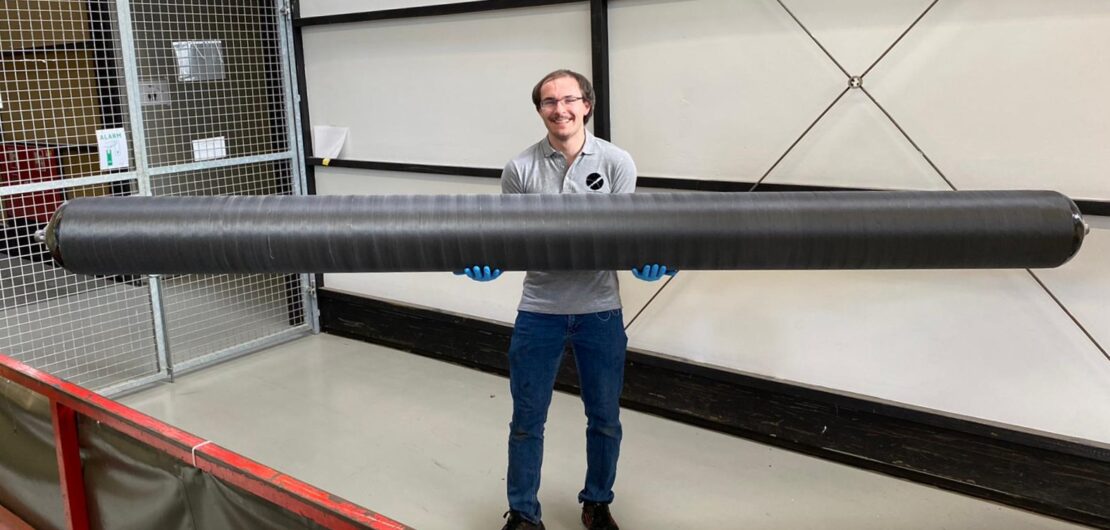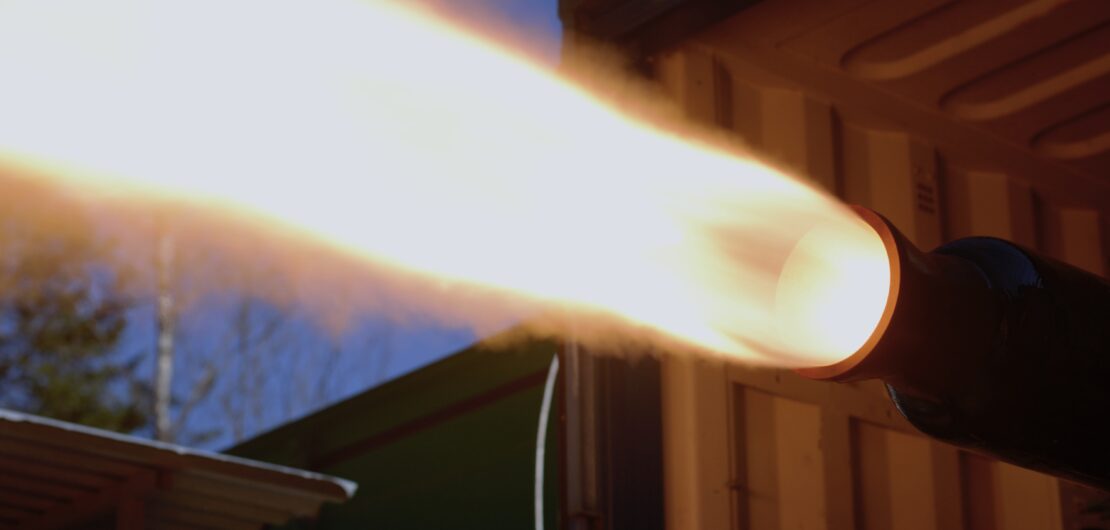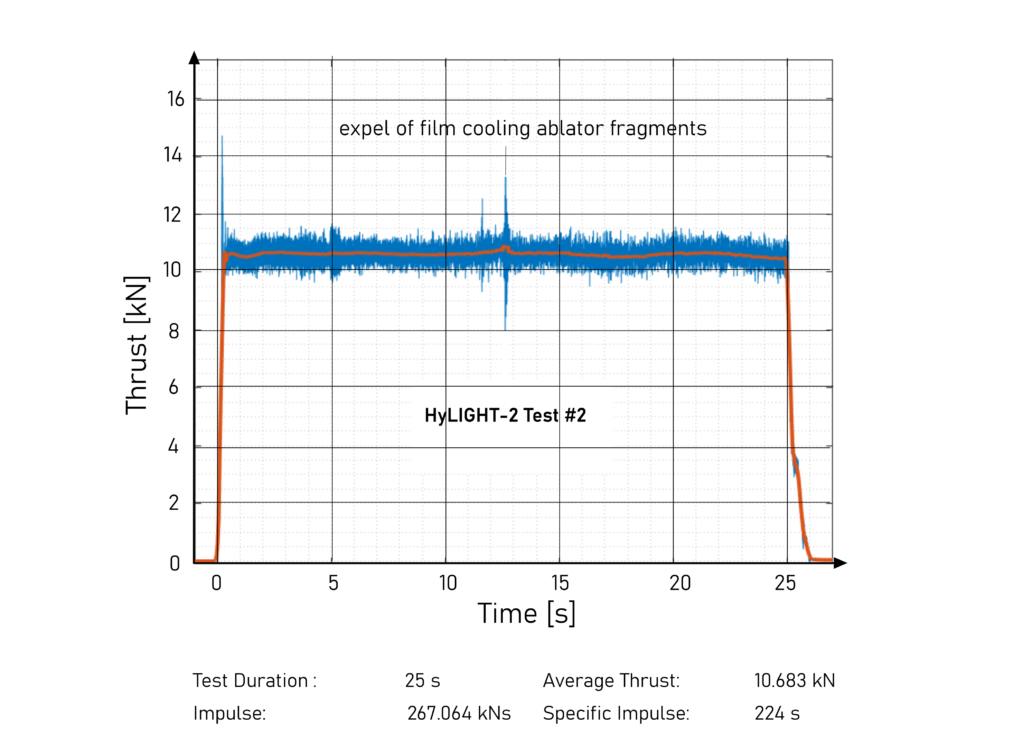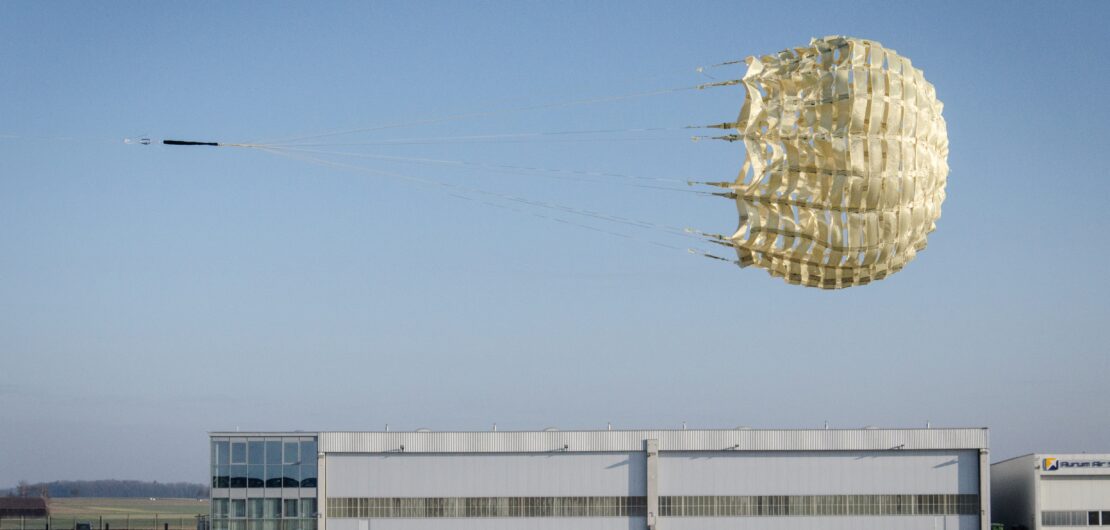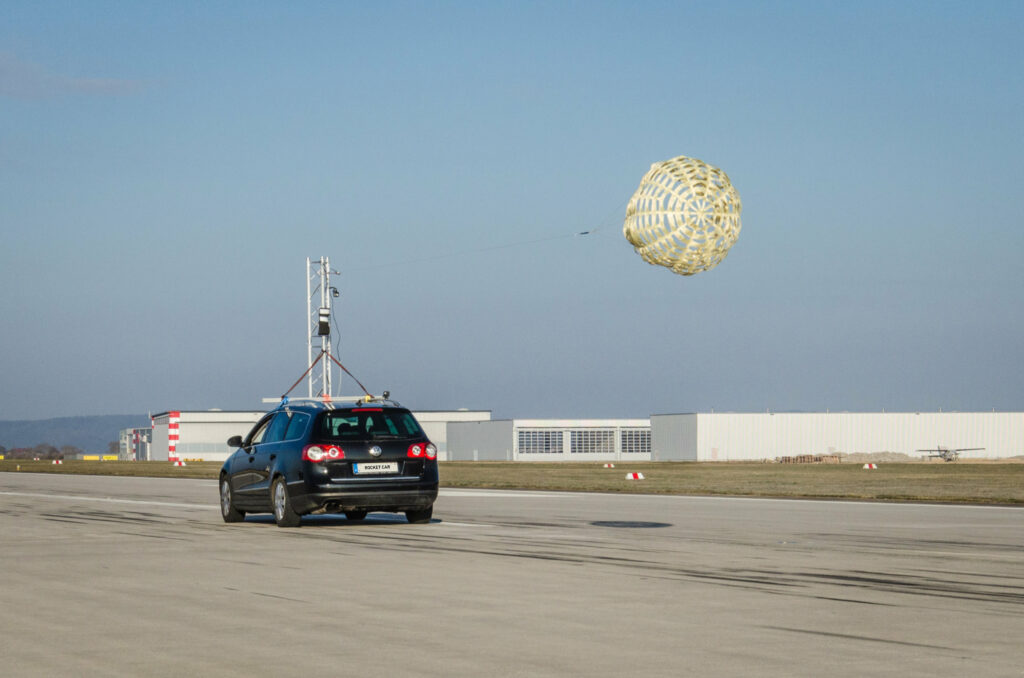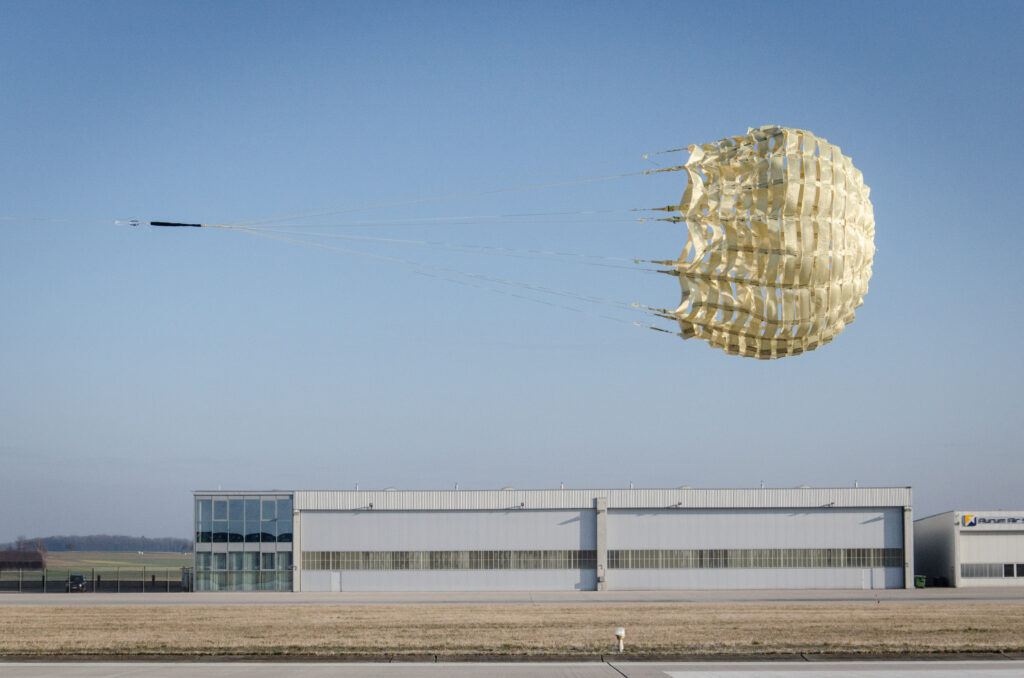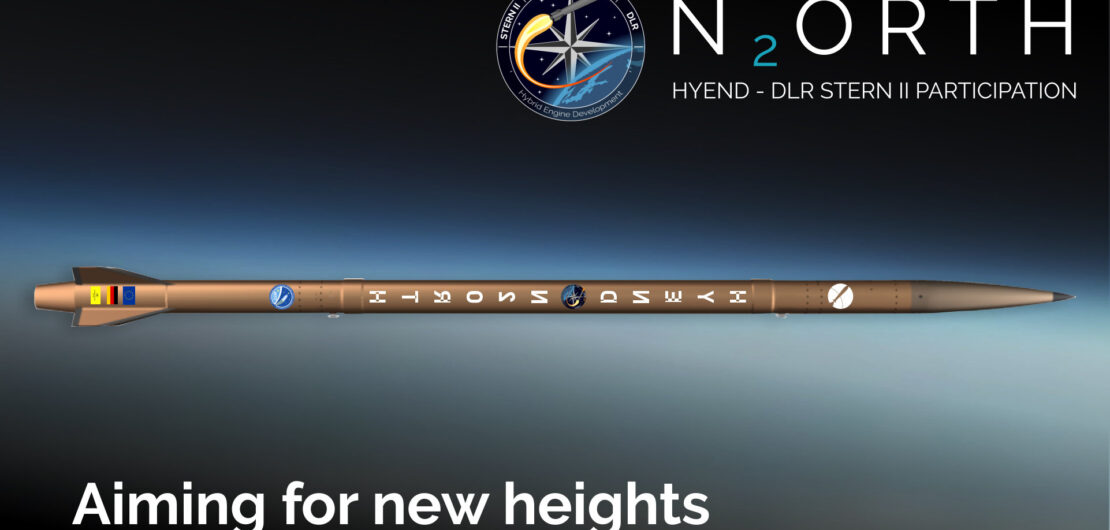
N₂ORTH – Aiming for new heights
We are happy to share a small teaser for the upcoming reveal and launch of our rocket N2ORTH! In the last three years, the team worked hard to make this rocket a reality. The rocket now is almost ready to launch, with only a few last tests and the assembly ongoing. The launch from Esrange is planned for the first half of 2023. As for the target altitude, we plan to break our own record for student-built hybrids (32.3 km) but N2ORTH is a lot more capable. The target altitude is still subject to change and will be chosen in accordance with our trajectory simulations, safety regulations at Esrange and weather conditions. Stay tuned for more details!
